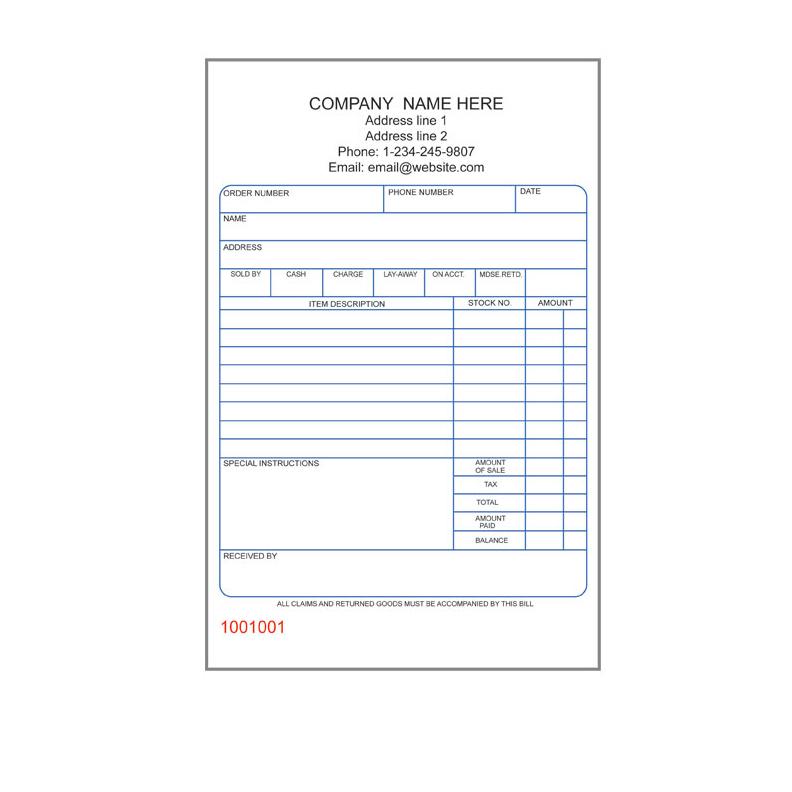
As a business owner in the jewelry industry, it is crucial to have a system in place for issuing receipts to your customers. Jewelry receipts serve as proof of purchase and provide important information for both you and your customers.
In this article, we will explore the significance of jewelry receipts, what they should include, and how they can benefit your business.
What is a Jewelry Receipt?
A jewelry receipt is a document that outlines the details of a jewelry purchase. It serves as a legal record of the transaction and provides important information about the purchased item, such as its description, price, and any applicable taxes or fees. A well-designed jewelry receipt should also include the name and contact information of the business, as well as the date and time of the purchase.
Why Should Business Owners Issue Jewelry Receipts?
There are several reasons why business owners in the jewelry industry should issue receipts to their customers:
- Proof of Purchase: A receipt serves as proof that a transaction has taken place between the business and the customer. It can be used to address any disputes or discrepancies that may arise in the future.
- Tax Purposes: Jewelry receipts are essential for accurate record-keeping and tax reporting. They provide evidence of income and can be used to deduct business expenses.
- Customer Satisfaction: Providing a receipt shows professionalism and helps build trust with your customers. It gives them confidence in their purchase and reassurance that they can rely on your business for any future needs.
- Warranty and Returns: If your business offers warranties or accepts returns, a jewelry receipt is necessary to verify the date and details of the purchase. This ensures that customers are eligible for any applicable benefits or services.
What Should a Jewelry Receipt Include?
A well-crafted jewelry receipt should contain the following information:
- Business Information: Include the name, address, and contact details of your jewelry business. This helps customers identify and reach out to your company for any inquiries or concerns.
- Customer Information: Obtain the customer’s name and contact information to facilitate future communication if needed. Ensure that this information is kept secure and handled by privacy regulations.
- Transaction Details: Clearly state the date and time of the purchase, as well as the payment method used. Include a breakdown of the items purchased, including their descriptions, quantities, and prices.
- Taxes and Fees: If applicable, clearly indicate any taxes or additional fees charged for the purchase. This transparency helps customers understand the final cost of their jewelry.
- Return and Warranty Policy: Provide information on your business’s return and warranty policy. Specify the time frame within which returns are accepted and any conditions or limitations that apply.
- Signature and Authorization: Include a space for the customer to sign the receipt, acknowledging that they have received the item and agree to the terms and conditions outlined.
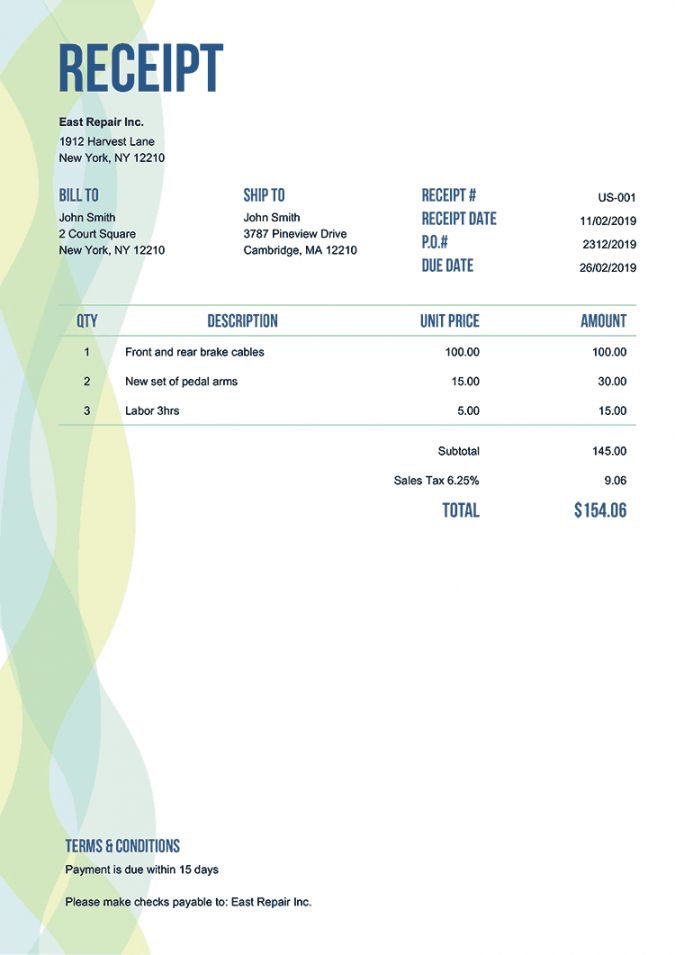
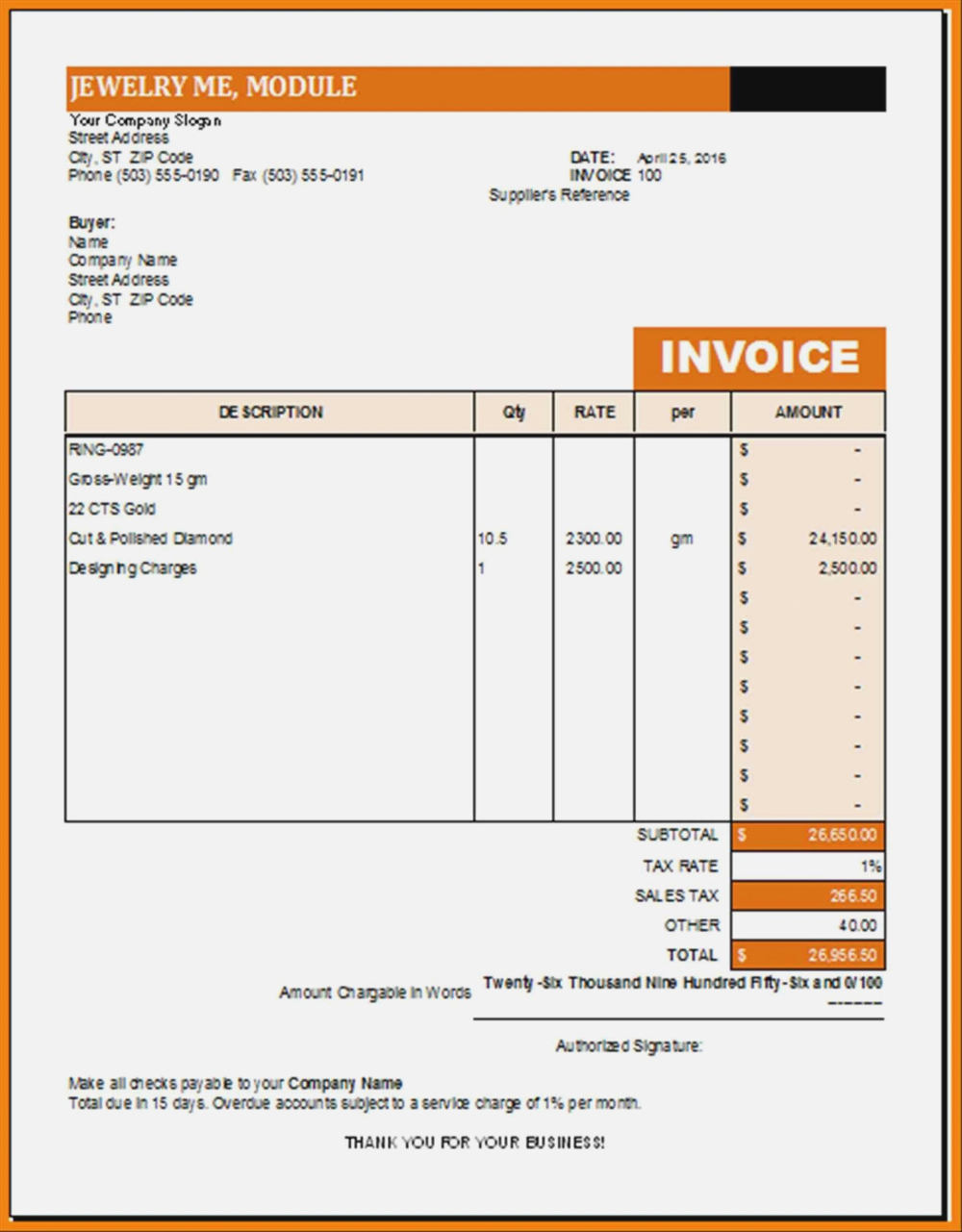
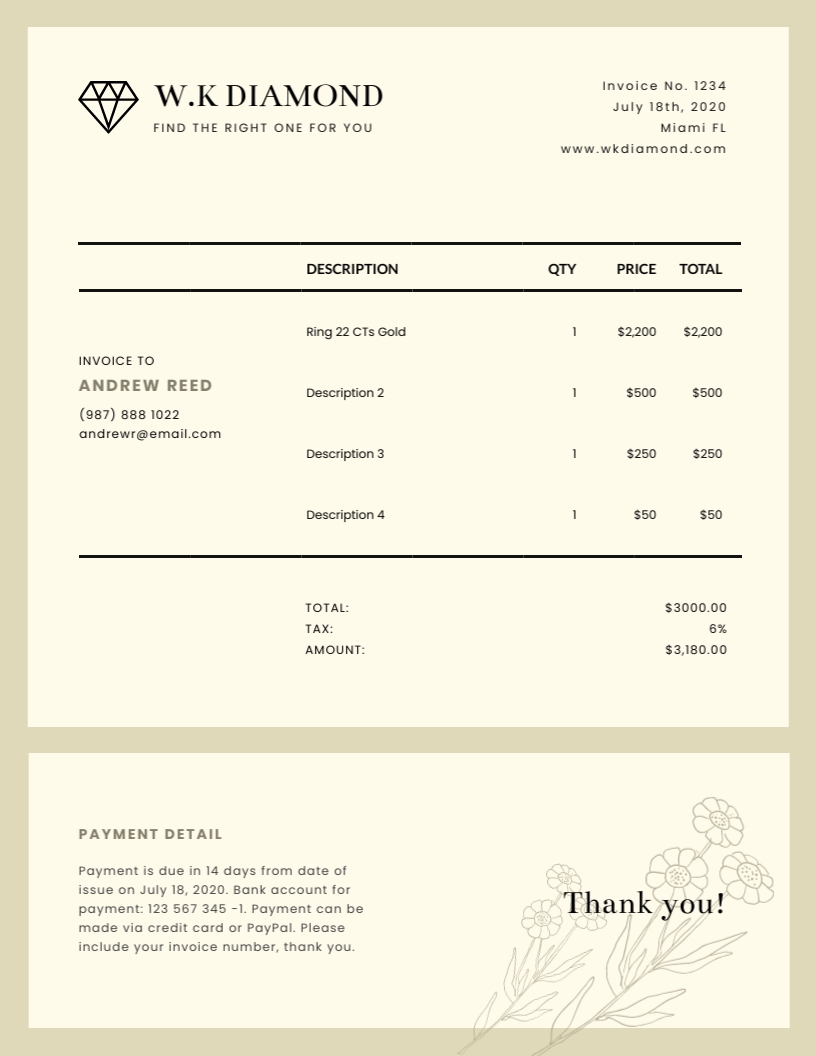
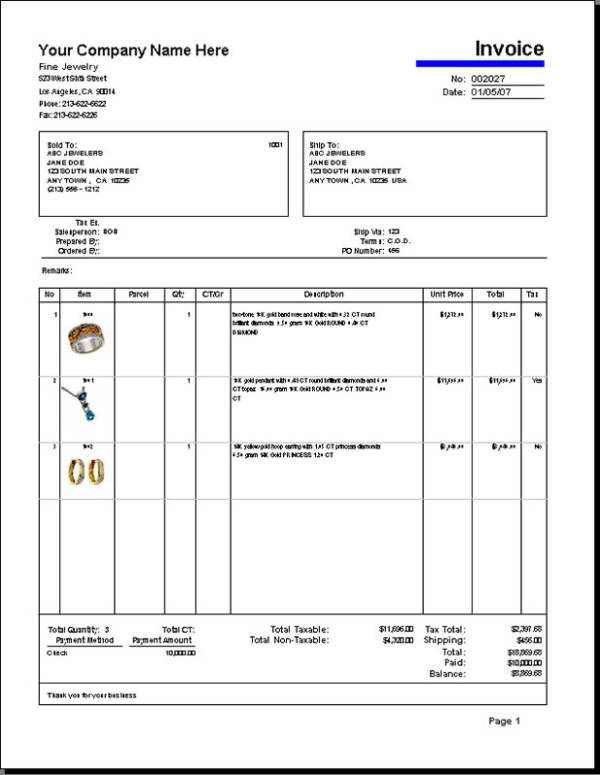
Best Practices for Issuing Jewelry Receipts
When it comes to issuing jewelry receipts, several best practices can help ensure accuracy and professionalism:
1. Use a Digital Receipt System
Consider implementing a digital receipt system that generates electronic receipts. This not only reduces paper waste but also makes it easier to organize and search for receipts when needed. Additionally, digital receipts can be emailed directly to customers, providing them with a convenient way to access and store their purchase records.
2. Include Product Images
Enhance the visual appeal of your jewelry receipts by including product images. This helps customers easily identify the items they have purchased and adds a professional touch to the receipt.
3. Offer Detailed Descriptions
Provide detailed descriptions of the jewelry items on the receipt. This includes information such as the type of metal used, gemstone details, carat weight, and any other relevant specifications. The more information you provide, the more confident your customers will feel about their purchase.
4. Keep a Copy for Your Records
Make sure to keep a copy of all issued receipts for your records. This is important for accounting purposes and can help resolve any disputes or inquiries that may arise in the future.
5. Regularly Review and Update Receipt Templates
Periodically review and update your jewelry receipt templates to ensure they comply with any changes in regulations or industry standards. This ensures that your receipts are accurate, and up-to-date, and provide all the necessary information.
Conclusion
Jewelry receipts play a vital role in the jewelry business. They serve as proof of purchase, provide important information for both business owners and customers, and contribute to customer satisfaction. By issuing well-crafted jewelry receipts, business owners can enhance their professionalism, build trust with customers, and maintain accurate records for tax and warranty purposes. Implementing best practices for issuing jewelry receipts can further streamline the process and improve the overall customer experience.
Jewelry Receipt Template Word – Download